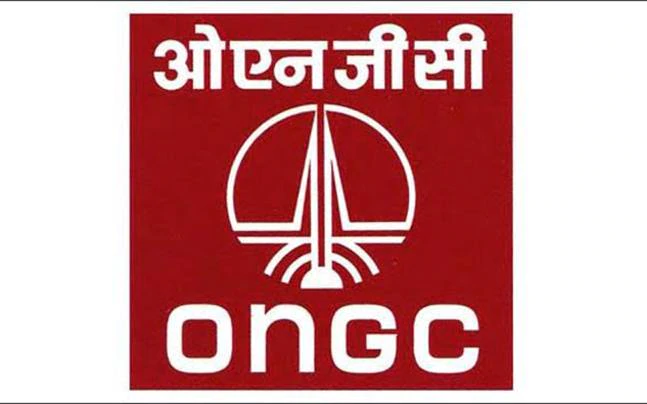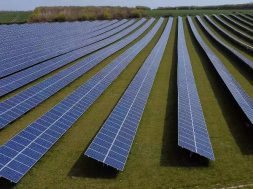
Setting MIP for Imported Solar Modules in India Can Help Domestic Manufacturers Survive
Indian solar industry has scaled great heights surpassing 10 GW in 2017, from a meagre 10 MW in 2010. Even without huge industrial muscles that other countries keep on flexing, India braved all odds showing continued growth in the solar vertical. From 2015 to the beginning of 2017, Indian solar sector has successfully doubled its solar capacity (5GW in 2015- 10GW in 2017), earning commendations in the global podium and inspiring developing countries to venture ahead. Obviously, Hon’ble Prime minister Shri Narendra Modi created the urgency in the green energy shift by announcing development of 100 GW solar-installed capacity by 2022, which served as the ignition for upward growth that the Indian solar sector is displaying. And it is easy to understand that this much needed boost will bring numerous opportunities.
However, the obvious question surfacing from this equation is- ‘whether the opportunities will be for domestic manufacturers or not?’ The legitimacy or relevance of this question is absolute, since Indian solar reliance and the foundation of an energy rich future is closely tied to the improvement of domestic manufacturers (for details on how domestic manufacturing and Indian solar success is connected click here). Therefore, it is important to understand how this growth is shaping our future.
Understanding the Glitches
Subsidies and rebates on capital expenditures, additional one-time allowance, tax-free grants, and acceptance to foreign investments have helped domestic manufacturing to flourish in India. And continuous support from the Indian Government (through a plethora of policies) has led these initiatives into success. However, India is spending more in importing solar modules (USD 980 million) than gaining from exporting them (USD 50 million, Sept 2016). This is surprising since India wants to claim a sizable portion of the global solar market and kick back the profits (of exports) for socio-economic reform. Chinese module suppliers have increased their market share in Indian PV market to 75 per cent from 50 per cent last year. And recent market analysis reveals that 8 out of top 10 module suppliers in the Indian market are Chinese. All of this points towards growth devoid of domestic manufacturing progress, which is another way of saying ‘a sound yet unstable solar energy future for India’.
China can produce and sell solar modules at a price range cheaper by INR 5-6 per panel than domestic products (aggressive pricing is the main reason behind India importing Chinese modules), because of volume scale, cheap energy and access to low-cost capital. Additionally, the lack of a uniform quality control for solar modules in India makes it easier for China and other foreign suppliers to introduce low quality modules in our energy mix. Low quality imported modules will untimely add extra expenses in repair or replacement processes, slowing down ‘power for all’ initiatives and affect the trust on the green energy shift.
The Remedy
To ensure India’s vision of self-reliance besides reaching 100 GW target, Government should consider placing MIPs (minimum import price) on imported solar modules. Foreign solar players are selling their modules in India at a lower rate than their actual (global) price. And as India lacks a uniform quality assessment regulation, importers are finding it very easy to dump low quality modules in the market. This practice is recognized by the industry leaders as ‘e-waste dumping’. Having scale and Government subsidies, Chinese solar players can afford to sell their modules at a lower cost than domestic companies do; ultimately, curbing demand for domestic modules and shrinking Indian solar growth.
However, making sure that imported modules cannot be sold in the Indian market below a certain price limit, can bottleneck low quality product access in the country; and help domestic manufacturers to compete on a level playing field. We can look at EU’s MIP imposition on imported solar equipment for example. European Union has changed the MIPs from time to time, going back and forth from 0.56 Euro/Wp to 0.53 Euro/Wp to maintain a healthy demand for domestic manufacturers.
India uses MIPs to regulate the access of imported steel in its market, to safeguard the domestic manufacturers and sellers. Moreover, judging from domestic steel manufacturers’ recent request to Government for continuation of MIPs, we can speculate that it has benefited the industry. The same can be done for the solar industry, mirroring EU’s steps to utilize International trade and competition rules to create a standard quality for import modules and assuring a better future for nation’s solar industry. Imposing MIP is just one of the many remedies that can help India’s internal solar growth to centralize industry within borderlines. Current growth has paved a path for a better future, but domestic manufacturing is needed to turn the possibilities into reality.














